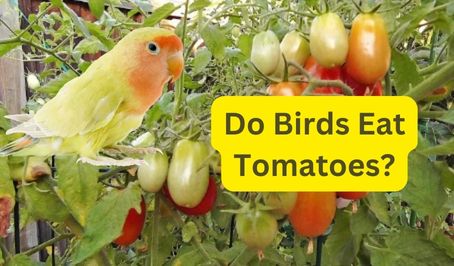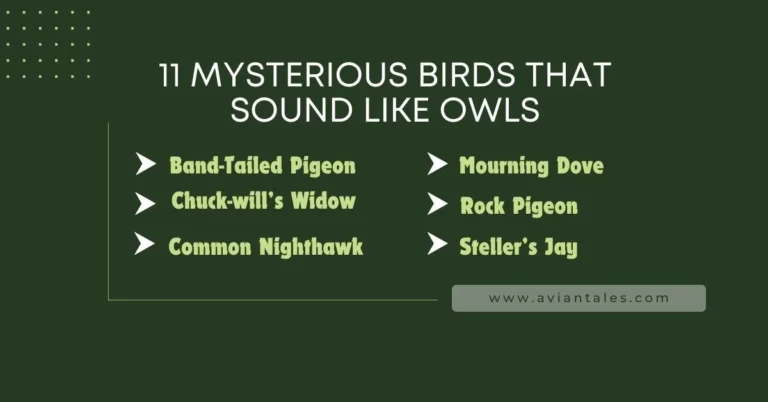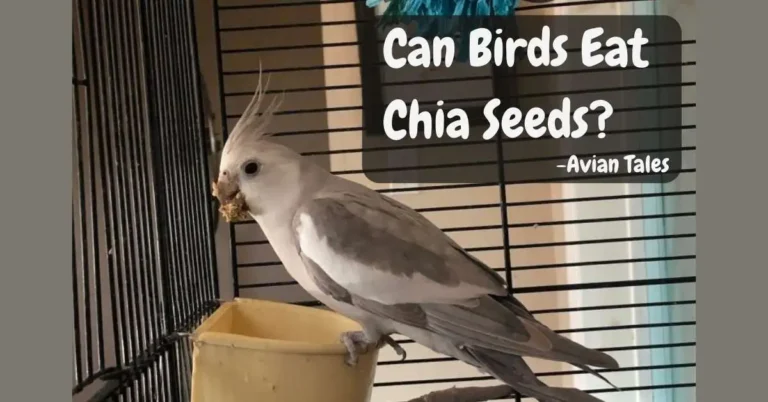How Do Birds “Fall in Love”? A Look at Courtship Displays-2024
Bird’s Courtship Display
In the avian world, birds show a wide range of courtship displays; some, like penguins and albatrosses, establish lifelong partnerships that can last for decades. At the same time, other species stay together for only one season or two. There also come groups like grouse, the astounding bird-of-paradise, and hummingbirds, in which pair bonds often don’t exist; males have no responsibility in raising their young ones.
Regardless of these types of relationships, male and female birds must still attract and choose compatible mates and know the best time to consummate their partnership, a task that is more tricky than it might seem.
How Do Birds Fall in Love?
“Sex is the furthest thing from a bird’s mind for most of the year,” says online education specialist Kevin McGowan, who forms and teaches courses related to the behavior of birds for the Cornell Lab’s Birds Academy.
In the winter season, the sexual parts of most birds shrink, and when spring begins, they need to get bigger ones again. Longer days length stimulate the hormones that can trigger the ovaries and tests to enlarge so the functioning can be resumed. When this happens, courtship behavior assists in bringing physical changes to prepare them for mating.
Courtship behavior includes dance, moves(display), food delivery, and mutual penning. In various cases, the most showy courtship behaviors are found in species where males contribute little to the relationship—for Instance, Dancing birds-of-paradise or eye-catching strutting grouse.
Furthermore, long-term partners have a range of movements and sounds that help them rebuild their partnership even after spending the winter months away from each other. For Example, Bill–rattling, bouncing, and “skying -pointing” of Laysan Albatrosses. They might be birds’ way of saying which means “Let’s stay together” or “Make tonight memorable!”
The best example of courtship display is Western Grebes. Both male and female performed an impressive duet dance that appeared choreographed and ended in a thrilling display in which a pair of birds glides closely, just like a skipping stone on the pond or lake.
Examples of How Do Birds Fall in Love? Courtship Display
Many courtship displays may be more subtle, but some birds, including common backyard species, show actions that reveal their true intentions to bird explorers. Try to check them out in the following common species.
Red-Tailed Hawk
The red-tailed hawk is among the first birds to breed yearly across Canada and the United States. They make calls similar to the sounds of an eagle. This bird doesn’t shy about showing its attraction to everyone worldwide. They preserve their pair bonds year-round but in early spring and late winter.
To reinforce their connection, one male and female saor in great circles at high altitudes, with the male frequently diving and climbing sharply during circling. After many dives and climbs, the male gradually moves towards the soaring female, expands his legs, and briefly touches or grasps her.
Sometimes, females and males grasp each other’s beaks and interlock spirals and talons toward the earth, pulling away but still in the air. (Research indicates that a pair of enraptured raptors dive all the way to the earth before flying away, seemingly unscathed.) Raspy murmurs, piercing screams, and food exchange commonly occur with the displays.
House Wren
House Wrens that can breed in North America usually can’t sustain their pair bonds from one year to the next. So, there is a need to build a new bond when they return from migration to their breeding regions.
House wren courtship display relies on the female consideration of the male’s nest sites and surrounding place rather than filling her with dinner or romantic dance. When the female reaches the male’s nest, he leads her directly to the nest cavity, flourishes with sticks, and serves as the foundation for her additional construction. She carefully assesses one or more nest cavities by going in and out many times to explore the immediate surroundings. If any nest cavities satisfied her, she started construction and established their bond for the at least upcoming breading cycle.
California Scrub-Jay
Although California scrub Jay may not have the characteristics of dance moves of their distant relative, the birds of paradise. But the male of this species confidently show off their stuff to attract mates during the mating season.
A male scrub-jay proclaims his desire for a female by fluffing his tail, expanding his wings, and giving some flirty head tilts in her direction. He moves a few steps away from her, then steps toward the female, and ends with a sotto voce serenade. Sometimes, the female may join the dance; they soon start mating if the moment feels right. The related Scrub-Jay shows even bolder moves, and after circling in an arc around his intended mate, the male may sometimes nibble gently on the female’s toe.
Northern Cardinals
Male Northern Cardinals show their interest in the opposite gender with body and songs, like a lopsided display, in which they twist their body to show off their chest, and a song-flight display, which features a brief flight that ends with his singing and gracefully fluttering toward the intended female.
If the female isn’t scared by the male’s moves, the next step in their courtship dilemma is shifting the food from male to female. Sometimes, female cardinals mimic the begging stance of the fledgling by flapping their wings. In other cases, the female approaches the male to snatch the morsel he holds in his bill. Copulation occurs soon after the food exchange, and the female allows the male to mate if she finds the food offering satisfied that the male offers.
Read More: Are there Blue Cardinals?
FAQS
Conclusion
Some birds have lifetime partnerships with their mates, while some can’t last their partnership for more than one or two reading seasons. Some birds even don’t form pair bonds. Here we highlight the courtship display of some birds such as northern cardinals, HouseWren, California Scrub-Jay, and Red-Tailed Hawks.




